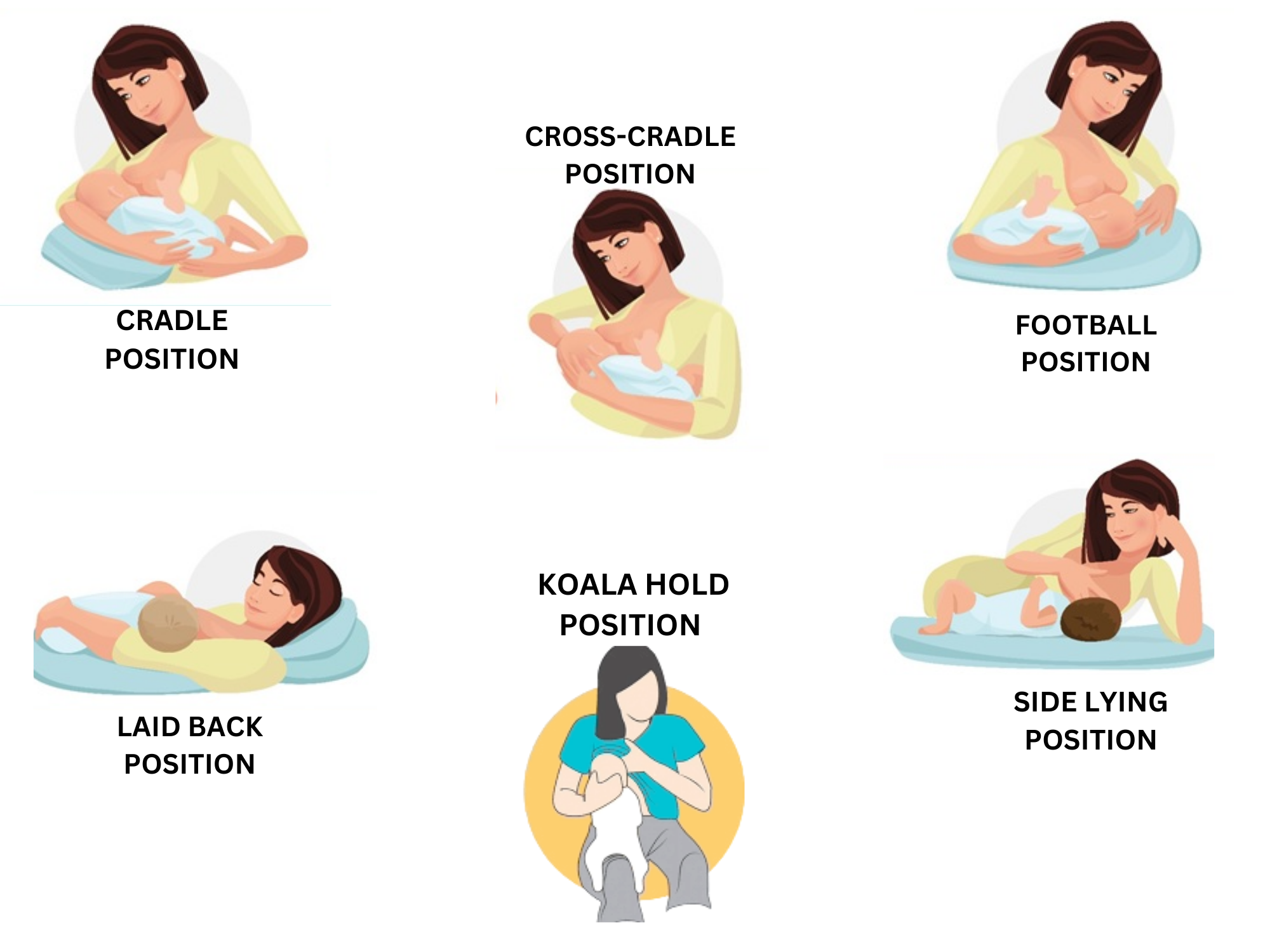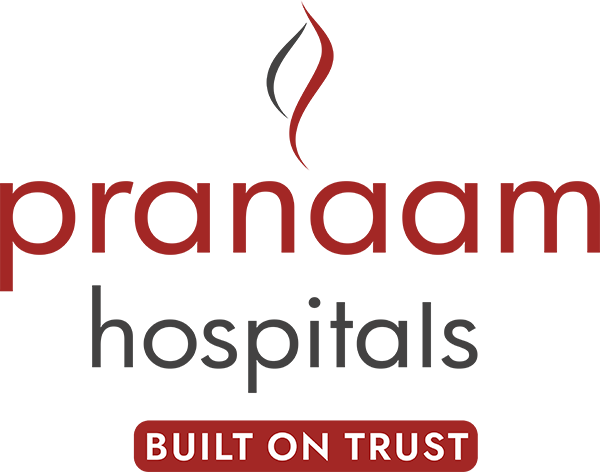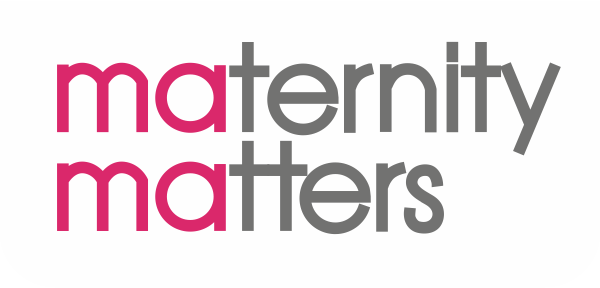In the intricate dance of motherhood, few moments rival the intimacy and significance of breastfeeding. Beyond its role as a fundamental source of nutrition, breastfeeding is a sacred bond, a symphony of health benefits that reverberates through the lives of both infants and mothers.
For Babies: A Symphony of Nutrients and Immunity
Tailored Nutrition:
Breast milk stands as nature’s perfect recipe, offering a customized blend of proteins, fats, vitamins, and minerals. This nutritional elixir evolves with the growing needs of the infant, providing an optimal foundation for robust development.
Guardians of Immunity:
Beyond nourishment, breast milk is a fortifying shield against illness. Laden with antibodies and immune-boosting substances, it creates a robust defense system, offering protection during the fragile early months of life.
Gastrointestinal Harmony:
Breastfeeding contributes to the establishment of a healthy gut microbiome. The probiotics and prebiotics present in breast milk foster the growth of beneficial bacteria, supporting digestion and safeguarding against harmful pathogens.
Defense Against Chronic Ailments:
Research suggests that breastfed babies may have a diminished risk of chronic conditions such as asthma, allergies, and obesity. The protective effects resonate not just in infancy but echo into the tapestry of later life.
Cognitive Nourishment:
The fatty acids, particularly DHA, found in breast milk play a pivotal role in cognitive development. Breastfed infants often exhibit enhanced cognitive skills, laying the groundwork for a bright and intellectually thriving future.
For Mothers: A Symphony of Wellness and Connection
Postpartum Harmony:
Breastfeeding initiates a cascade of physiological responses, including the release of oxytocin. This hormone aids in uterine contractions, reducing postpartum bleeding and facilitating a speedier recovery for mothers.
Weight Management:
The act of breastfeeding serves as a natural ally in postpartum weight loss. The additional calorie expenditure contributes to gradual weight reduction, supporting mothers in their journey back to pre-pregnancy fitness.
Guardians Against Cancer:
Breastfeeding has been associated with a diminished risk of breast and ovarian cancers. The complex interplay of hormones during breastfeeding creates a protective shield, reducing the likelihood of these health challenges.
Emotional Symphony:
Beyond the physical, breastfeeding cultivates a unique and profound emotional connection between mother and child. The moments of skin-to-skin contact, the gaze exchanged, and the act of nurturing forge bonds that resonate deeply, contributing to the emotional well-being of both.
Nature’s Contraceptive:
Breastfeeding, through a phenomenon known as lactational amenorrhea, offers a natural form of contraception. While not infallible, exclusive breastfeeding can suppress ovulation, providing a natural spacing of pregnancies.
Recommended breastfeeding positions:
Cradle Hold:
Sit comfortably with good back support. Hold your baby in the crook of one arm, using the same arm as the breast you’re offering. Your baby’s head should rest in the bend of your elbow, and their body should be facing yours.
Cross-Cradle Hold:
Similar to the cradle hold, but you use the opposite arm. Support your baby’s head with the hand opposite to the breast you are offering. This position provides more control for latching.
Football Hold:
Hold your baby along your side, like a football, with their legs tucked under your arm. This position is particularly useful for mothers who had a cesarean section or for mothers with larger breasts.
Side-Lying Position:
Lie on your side with your baby facing you. This position can be beneficial for night feedings or for mothers recovering from childbirth, as it allows for rest.
Laid-Back or Biological Nurturing Position:
Recline comfortably with your baby lying on top of you. This position encourages a natural latch and can be especially beneficial for skin-to-skin contact.
Koala Hold (Upright or Australian Hold):
Sit your baby on your lap facing you, with their legs straddling your waist. This position can be useful for babies who prefer a more upright position and can be helpful for mothers with a forceful letdown.

Tips for Comfortable Breastfeeding:
Pillow Support: Use pillows to support your back and arms to avoid strain during breastfeeding sessions.
Latching: Ensure your baby has a deep latch for effective breastfeeding and to prevent nipple pain.
Comfortable Chair: Sit in a comfortable chair with good back support during breastfeeding sessions.
Burp Cloth: Keep a burp cloth nearby to catch any dribbles or spit-ups.
Burping after every feed
Over-the-Shoulder Burp: Using one hand to support the baby’s bottom and the other to gently pat or rub their back, do the over-the-shoulder burp. The baby can burp out of this posture to remove any trapped air.
Sitting on Lap Burp: Using one hand to hold their head and chest and the other to pat or rub their back, place the infant on your lap and do a lap burp. Additionally, this position promotes gas release.
Face-Down on Lap Burp: Place the infant facedown on your lap, raising their head just a little bit. To help release any trapped air, give them a gentle slap or rub on the back.
Also Read: Symptoms and Causes of Appendicitis


